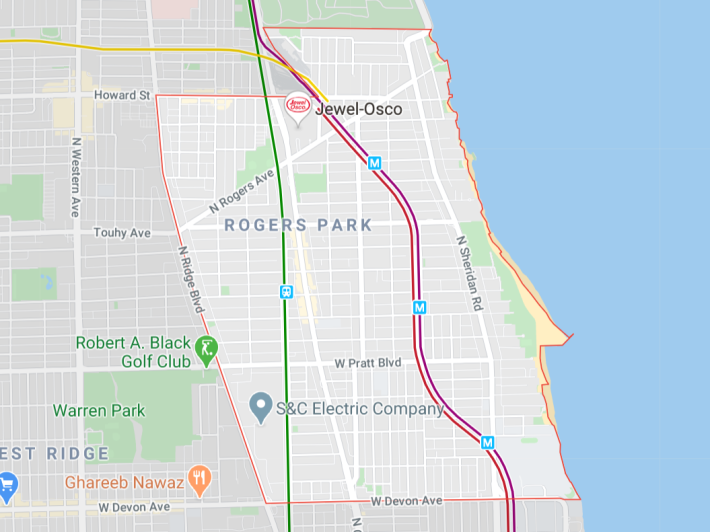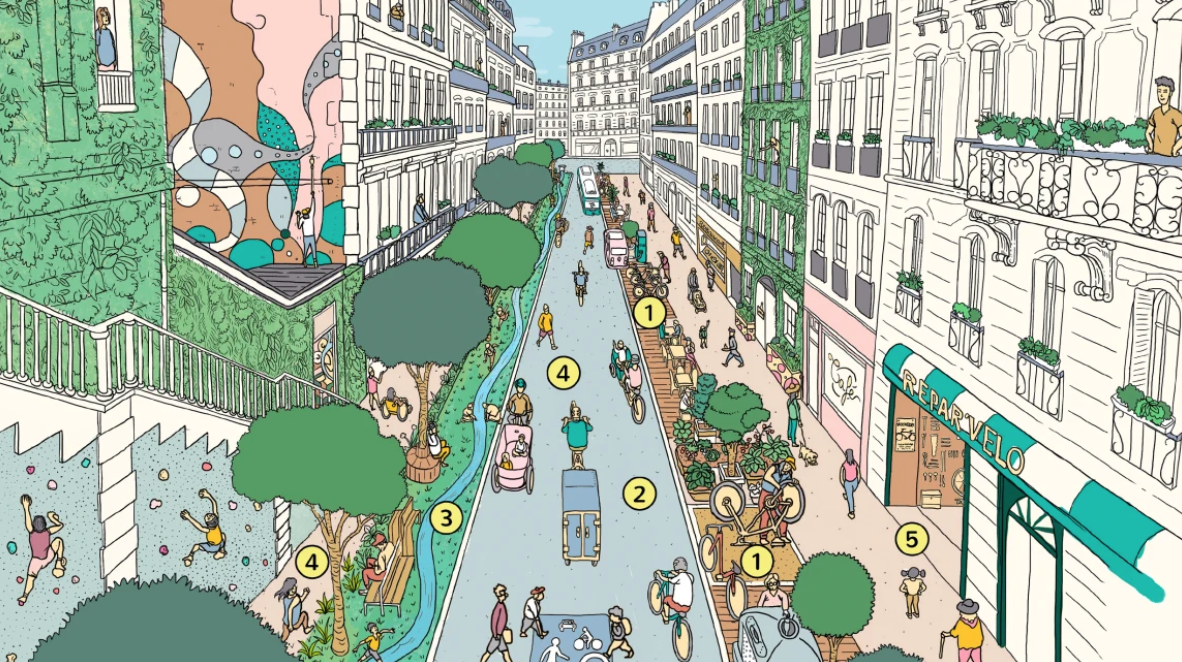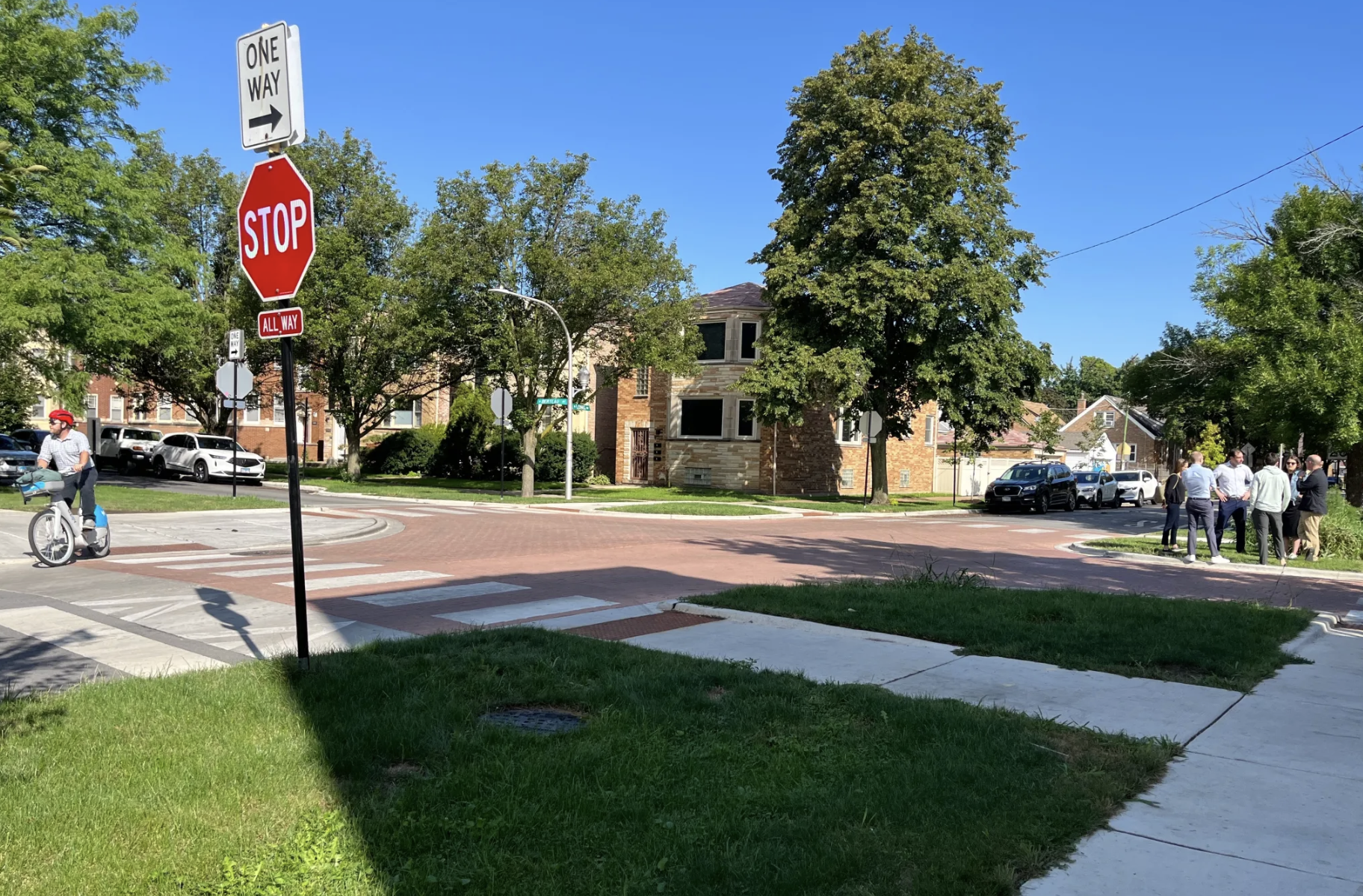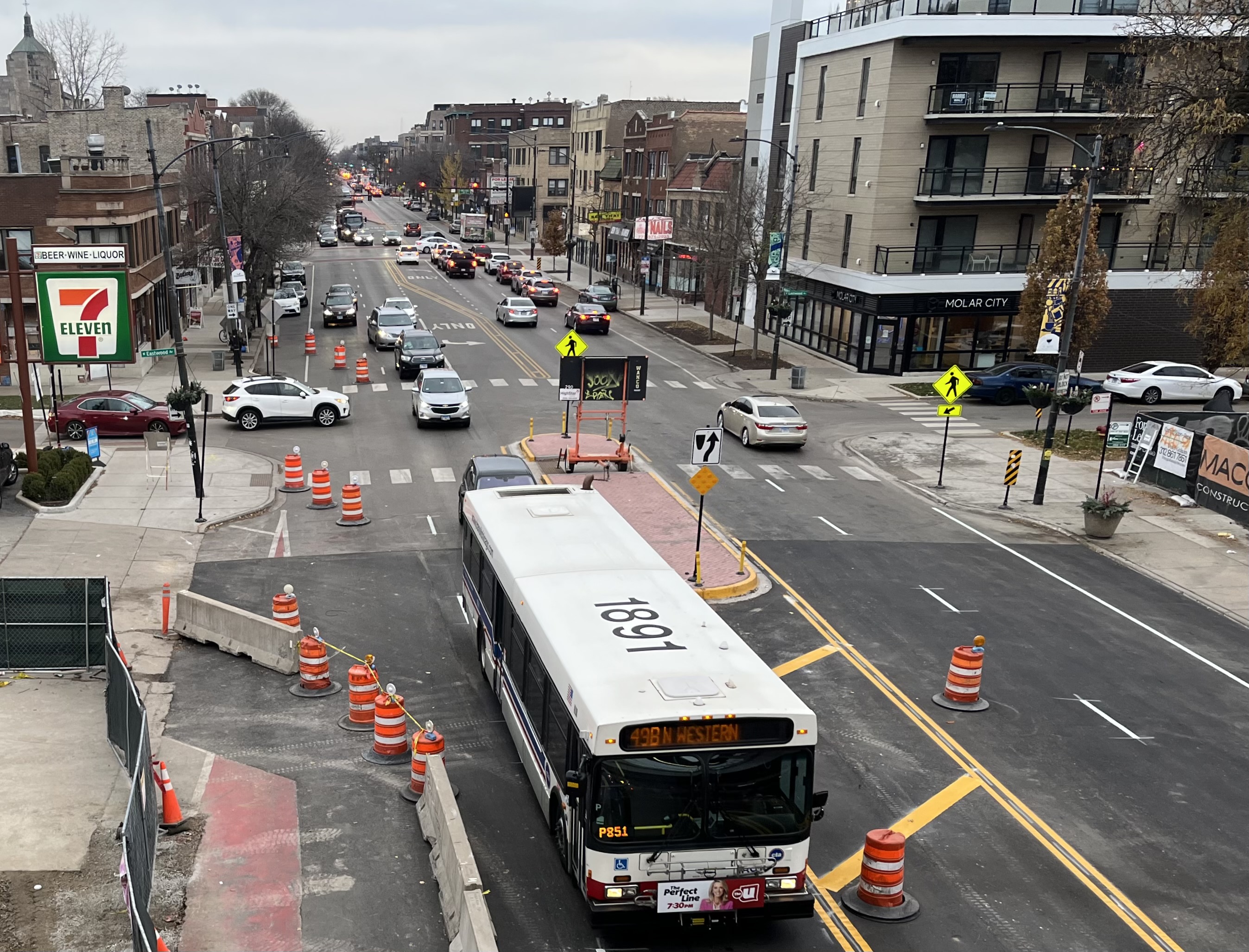I remember the few months I had an hour-long transit commute each way for work. I lived in Kenwood and worked in Ravenswood. My quality of life decreased: During the week my life was a wash, repeat, and rinse cycle of sleeping, getting up, sleepwalking through breakfast, commuting, working, going home to eat, and preparing to do the same thing the next day. I found myself exhausted by the two-hour roundtrip commute.
I was so happy when I found an apartment in Edgewater near my new job site. I was close enough to walk to the Red Line and my new job within 5 minutes. It was the urban car-free lifestyle I had been seeking with my move from Little Rock, Arkansas, to Chicago. I was within a short walk or quick train ride of multiple grocery stores and restaurants.
When I switched jobs a few years later, I was lucky enough to still work at an office 20 minutes from home. Instead of taking my lifestyle for granted, I often ponder how the city, county, and state can work to make the switch to a car free lifestyle easier and more accessible to more people.
I am inspired by Paris mayor Anne Hidalgo’s vision to make Paris a 15-minute city. Hidalgo aims to provide Parisians with grocery stores, parks, cafes, sports facilities, health centers, and workplaces easily accessible within a 15-minute walk or bike ride. (At an average walking speed of 3 mph and a biking speed of 10 mph, that would be 0.75 miles or 6 full Chicago blocks, and 2.5 miles or 20 blocks, respectively.) It's inspiring to see city leaders think creatively about land use and urbanism.
Hidalgo and her team plan to create offices and co-working spaces in neighborhoods that lack sufficient office space for people to work close to home, and they plan to use schools and libraries for multiple purposes.
Think of all the time Chicagoans would gain by living in a neighborhood that offers just about everything one needs on a daily basis within a 15-minute walk or bike ride. As it stands, there's so much wasted time caused by single-occupancy vehicle traffic and bus inefficiencies due to a lack of prioritization. Chicago is a big city and even when one travels solely by train, the commute times can be lengthy.
Reducing the amount of time one spends traveling for everyday needs and for work can be liberating. Studies have shown a plethora of health issues associated with long commutes. There is also an economic cost to long commutes. Investing in sustainable transportation and human-oriented urban design provides an opportunity to use our individual and collective energy in a more productive way.

In many ways my own neighborhood of Rogers Park makes it relatively easy to live car-free. The community has three Red Line stops, one of which is the Howard transit hub, which also serves the Purple and Yellow lines, plus a Metra stop. There are numerous bus lines, Divvy stations, and a neighborhood greenway side-street bike route.
However, even in Rogers Park bus riders are slowed down because we prioritize storing private cars on public streets over installing bus lanes, so buses get stuck behind cars typically only carrying one person. Most Chicago bus routes also lack other time-saving features that are are common in peer cities, like prepaid-all-door boarding, and transit signal priority. And while Rogers Park has a reasonable amount of bike lane mileage, cyclists still often face harassment from drivers. These are some of the barriers to more people choosing active transportation in the area.
In spite of those challenges, according to Chicago Metropolitan Agency for Planning, close to 50 percent of Rogers Park residents ride transit to work and 40 percent do not own a motor vehicle. I'd be interested in knowing how many people choose to live car-free versus how many cannot afford one. Of those who drive, how many find transit inconvenient and feel unsafe biking? In either case, the neighborhood is among many that can be a perfect laboratory for experimenting with limiting free car parking, implementing signal priority for buses, and designing streets for people and not cars.
Another part of Hidalgo’s strategy for creating Parisian streets for people involves removing thousands of curbside parking spaces. These spaces that were previously used for empty vehicles will now be used for green space, playgrounds, pedestrian plazas, and bike lanes.
I would love to see similar efforts throughout Chicago. Hidalgo sees her efforts as a way to improve social connections and connectivity to one’s neighborhood. The success of the Chicago Riverwalk and the popularity of The 606 Trail show that Chicagoans want more car-free spaces to enjoy. We have plenty of space to work with to create more of these spaces.
There's also the possibility for mom-and-pop businesses to see an increase in sales as more people shop locally. In neighborhoods that currently have a less-than-robust retail environment, the city can work to reduce barriers to entrepreneurship and think more creatively as to how to meet people's needs.
For example, perhaps in a neighborhood doesn't have the population density necessary for a large retail chain, a small co-op owned and staffed by residents could meet some of the community's grocery needs. How can the city support these kinds of endeavors and more?
These are some of the questions stirring in my mind as I envision Chicago becoming a 15-minute city.






